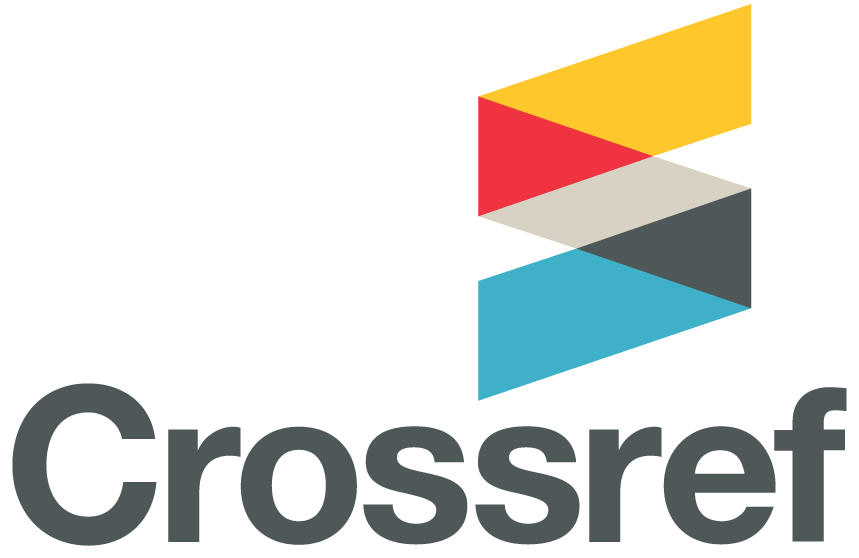New approach in Bisecting angle technique
DOI:
https://doi.org/10.32828/mdj.v3i1.617Keywords:
Key words:Bisecting technique, Angulations, X-RadiationAbstract
Since the conventional radiograph was introduced in 1901, it seems that it has wide spectrum in it use in medical, dentistry & engineering branches.
The importance came from its value in diagnosis and predicate the causes of different effects. This lead to more researches for more advanced programs , which continued through last century lead to an advanced radiography like digital one, C.T. scan and M.R.I. Still the conventional radiographs are the baseline for this progress a far farther for future progression.
Aim of the study is to prove a new approach in "Bisecting angle technique".
The present study indicate the new approach in using the bisecting angle technique since the old one give instructions on three main lines:-
A. Patients positioning in the dental chair.
B. Positioning of dental intraoral film inside patient mouth.
C. The position of the cone of X-ray machine in both vertical and horizontal angles.
But Al-Safi method gives instructions number D- about the anatomical landmarks that lead to the apex of the tooth to which central beam is directed, by drawing a line from ala of the nose to the tragus of the ear called ala tragus line indicate the apecies of maxillary teeth , for the mandibular arch a line draw indicate apices of mandibular teeth from the angle of the chin to the angle of the mandible in proper manner.
In present study, two groups of fifth years students in the college of Dentistry in Baghdad had been taken. The first group had given instructions A-B-C-, second group had given instructions A-B-C- and D- according to Al-Safi method.
The statically analysis using t-test shows , a significant difference between the first and second group in the effectiveness of sharpness and allignments artifacts , from the same point of view there were no significant difference between members of second group while there is a significant difference between members of the first group.
The results indicate that the new approach in instructing the second group of students were gave wide predictors for their work and better results in decreasing the technical errors and dental artifacts.
Downloads
Published
Issue
Section
License
The Journal of Mustansiria Dental Journal is an open-access journal that all contents are free of charge. Articles of this journal are licensed under the terms of the Creative Commons Attribution International Public License CC-BY 4.0 (https://creativecommons.org/licenses/by/4.0/legalcode) that licensees are unrestrictly allowed to search, download, share, distribute, print, or link to the full texts of the articles, crawl them for indexing and reproduce any medium of the articles provided that they give the author(s) proper credits (citation). The journal allows the author(s) to retain the copyright of their published article.
Creative Commons-Attribution (BY)








